 27 January 2016
Interaction between protoplanetary disks and planets confirmed by astronomers using ALMA
27 January 2016
Interaction between protoplanetary disks and planets confirmed by astronomers using ALMA
...-scale for dust grains drifting inwards towards the evolving protostar were too fast to allow for significant growth of...the gas is detected up to ?488 au. Planets and the merging protostar are primarily made up of hot gas and these will need follow-up...
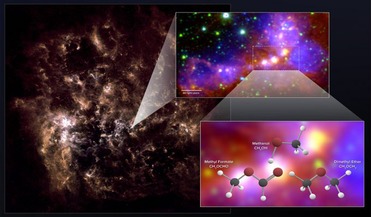 31 January 2018
Surprise find of complex organic molecules in LMC
31 January 2018
Surprise find of complex organic molecules in LMC
... molecular cloud. If these complex molecules can readily form around the harsh and irradiating regions surrounding protostars, it is quite possible that they would continue to survive as the protoplanetary disks around the young star systems...
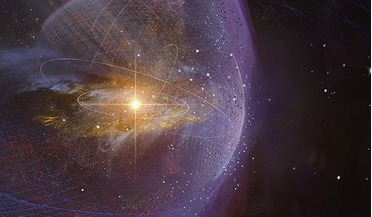 January 2022
Revealing the magnetic universe
January 2022
Revealing the magnetic universe
...-hemisphere deployment in 2018, SOFIA made the first detection of the hourglass feature in a low-mass (Sun-like) protostar. Similar features have now been observed by SOFIA on larger (1-100 pc) scales of the Orion star-forming region...
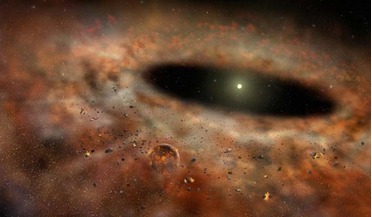 07 March 2016
Researchers show how water content in protoplanetary discs can affect planet formation
07 March 2016
Researchers show how water content in protoplanetary discs can affect planet formation
... of its orbit and migrate inwards? What is understood is that planets are ‘born’ in protoplanetary disks around an evolving protostar. These infant planetesimals grow larger initially through the accretion of pebble-sized objects until they reach...
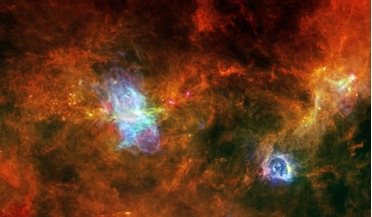 29 August 2016
Dust is the key to producing complex organic molecules in space
29 August 2016
Dust is the key to producing complex organic molecules in space
...which to study these complex molecules as it contains a luminous hot molecular core believed to be heated by several massive protostars. Indeed, a number of complex species have already been detected within G31, however observations have been limited...
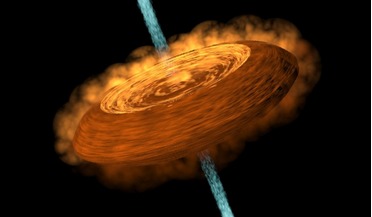 20 April 2017
ALMA research team captures first clear image of accretion disk around a star
20 April 2017
ALMA research team captures first clear image of accretion disk around a star
... AU resolution. (b) Close-up of the center of the dusty disk at 8 AU resolution. Asterisks mark the possible position of the central protostar. A dark lane is seen in the equator. Our solar system is shown in the lower right corner for size...